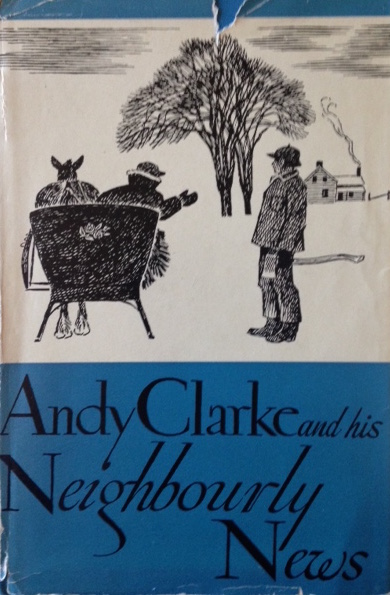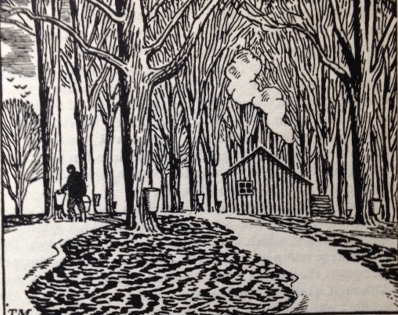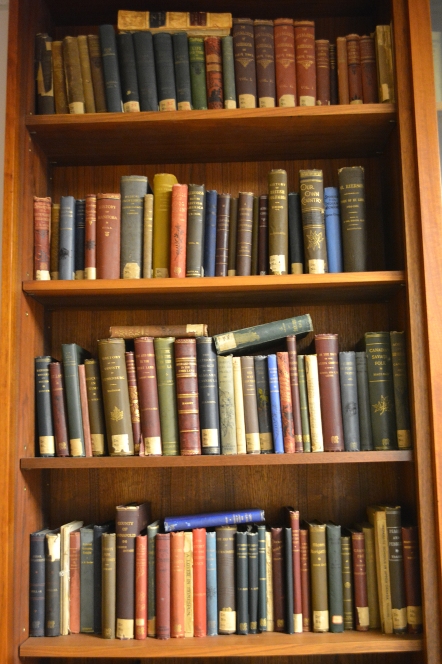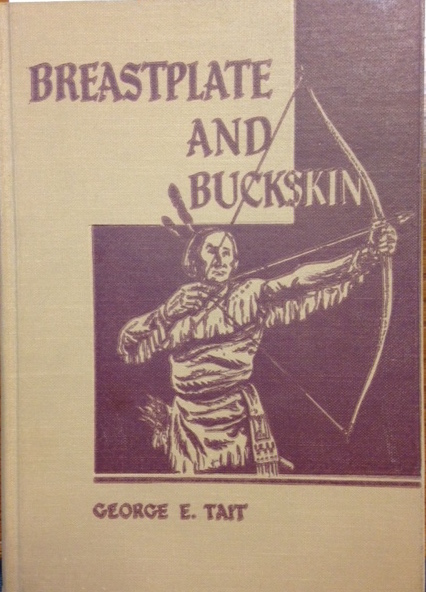
Selected Poems (1926-1956) published by the Ryerson Press, 1957
Selected Poems of Dorothy Livesay (1926-1956) was published by the Ryerson Press in 1957. It features an introduction by literary critic Desmond Pacey and was published as part of the Ryerson Library of Canadian Poets series.
Dorothy Livesay (1909-1971) was born in Winnipeg to Florence and John Frederick Bligh Livesay. Her mother, Florence Livesay (1874-1953) was a journalist and author first in Ottawa and then in Winnipeg. She was the author of a volume of verse, Shepherd’s Purse, published in 1923 and a work of fiction titled Savour of Salt (1927). Her father, J.F.B. Livesay (1875-1944), was born on the Isle of Wight and came to Canada in 1895 to become a journalist. He served as a war correspondent for the Canadian Press in 1918 and was General Manager of the Canadian Press from 1920-1940. He was the author of Canada’s Hundred Days and Peggy’s Cove: an integral portrait of Peggy’s Cove, it’s people and their significance. Following his death in 1944, his autobiography was edited by Florence Livesay and published under the title The Making of a Canadian: Builder and Architect of the Canadian Press in 1947. *

Peggy’s Cove, Ryerson Press, 1944

The Making of a Canadian, Ryerson Press, 1947
Newspaperman and poet Charles Bruce (1906-1971) wrote of J.F.B. Livesay, “Few Canadians of his generation have rendered more notable and enduring service to their country… He was the organizing hand that charted the plan on which the Canadian Press was fashioned. His skill and tact guided it through the earliest and most difficult years. His amazing knowledge of the relative values of the various news agencies in Europe and America, his familiarity with every important channel of internal communication, and his balanced sense of the regional interests of every section of Canada, enabled him to obtain and correlate with The Canadian Press a network of world embracing news agencies which, in the aggregate, are today giving people of Canada a news service unsurpassed in any of the other countries in the world. Such is the heritage he left his fellow Canadians. How many of his contemporaries did more for their country?”
Desmond Pacey, in his introduction to Selected Poems (1926-1956) says of Livesay, “Dorothy Livesay is one of the most important poets of her Canadian generation – of that generation which came to maturity between the two World Wars.” Encouraged by her parents, she was fortunate to have a well-stocked library from which to choose the works of some of the best English, American as well French and Russian writers of the late nineteenth and early twentieth centuries. In 1920, the Livesays moved to Ontario and spent summers on the Benares estate near Clarkson, rumoured to be the inspiration of Whiteoaks of Jalna by Mazo de la Roche. Livesay attended high school in Toronto and in 1927 entered Trinity College as an honours student in Modern Languages majoring in French and Italian. The University of Toronto was an inspiring environment for an aspiring young writer—E.J. Pratt, Robert Finch, L.A. Mackay were lecturers along with faculty members Pelham Edgar, Herbert Davis, Felix Walter, J.S. Will and E.K. Brown.
After winning the Jardine Memorial Prize for Poetry in her first year at Trinity College, Hugh Ayres of The Macmillan Company published a sixteen-page chapbook entitled Green Pitcher in 1928. Livesay was only 19.
From the Selected Poems of Dorothy Livesay (1926-1956)
REALITY
ENCASED in the hard, bright shell of my dreams
How sudden now to wake
And find the night still passing overhead,
The wind still crying in the naked trees,
Myself alone, within a narrow bed.
SUCH SILENCE
SOME silence that is with beauty swept
With beauty swept all clean:
Some silence that is by summer kept,
By summer kept all green…
Give me such silence in a little wood
Where grass and quiet sun
Shall make no sound where I have run
Nor where my feet have stood.
FIRE AND REASON
I CANNOT shut out the night –
Nor its sharp clarity.
The many blinds we draw.
You and I,
The many fires we light
Can never quite obliterate
The irony of stars,
The deliberate moon,
The last, unsolved finality
Of night
Livesay travelled to France in the early 1930s where she studied at the Sorbonne. She was impressed by the bohemian life style of the Left Bank and the sentiments and demonstrations against unemployment, war and the social revolutionary movements. She returned to Toronto and became involved in radical political groups. She worked for a time in the Family Welfare Agency in Montreal where she saw firsthand the impact of mass unemployment. Two poems for which she is well-known are The Outrider and Day and Night. The latter was selected by E.J Pratt in the Canadian Poetry Magazine in 1938 and caused a sensation as it was considered revolutionary poetry. When it was published in book form, it won the Governor-General’s Award in 1944. Livesay won the Lorne Pierce Medal by the Royal Society of Canada in 1947. In 1950 Livesay published Call My People Home, a documentary Poem for Radio which was broadcast over the Canadian Broadcasting Corporation network in August 1949.
Desmond Pacey, describes Dorothy Livesay’s poetry as a “fascinating combination of innocence and experience, of hope and fear, of faith and doubt….In a world which often seems in imminent danger of disintegration she lyrically proclaims the values of love, joy and art which are at once the justification and the salvation of the world.”
Dorothy Livesay died in 1971.
*Canada’s Who’s Who

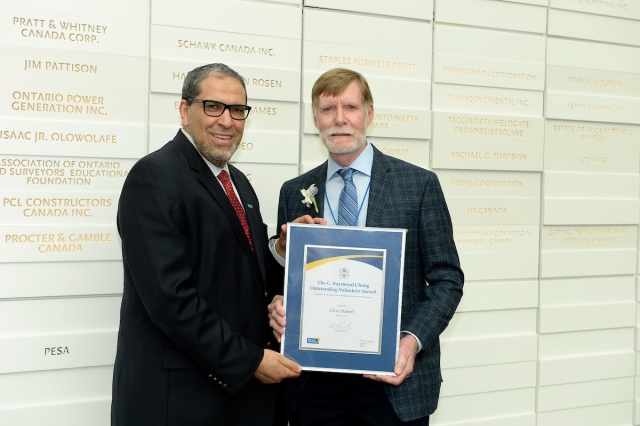 The inaugural G. Raymond Chang Outstanding Volunteer Awards Night was held on Tuesday, June 20, 2017 at Ryerson University. The award celebrates the exemplary generosity and contribution of alumni and friends to Ryerson University. The awards are named in honour of the late G. Raymond Chang, former chancellor of Ryerson University, for his deep belief in the importance of volunteering.
The inaugural G. Raymond Chang Outstanding Volunteer Awards Night was held on Tuesday, June 20, 2017 at Ryerson University. The award celebrates the exemplary generosity and contribution of alumni and friends to Ryerson University. The awards are named in honour of the late G. Raymond Chang, former chancellor of Ryerson University, for his deep belief in the importance of volunteering.


